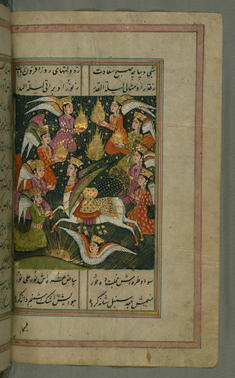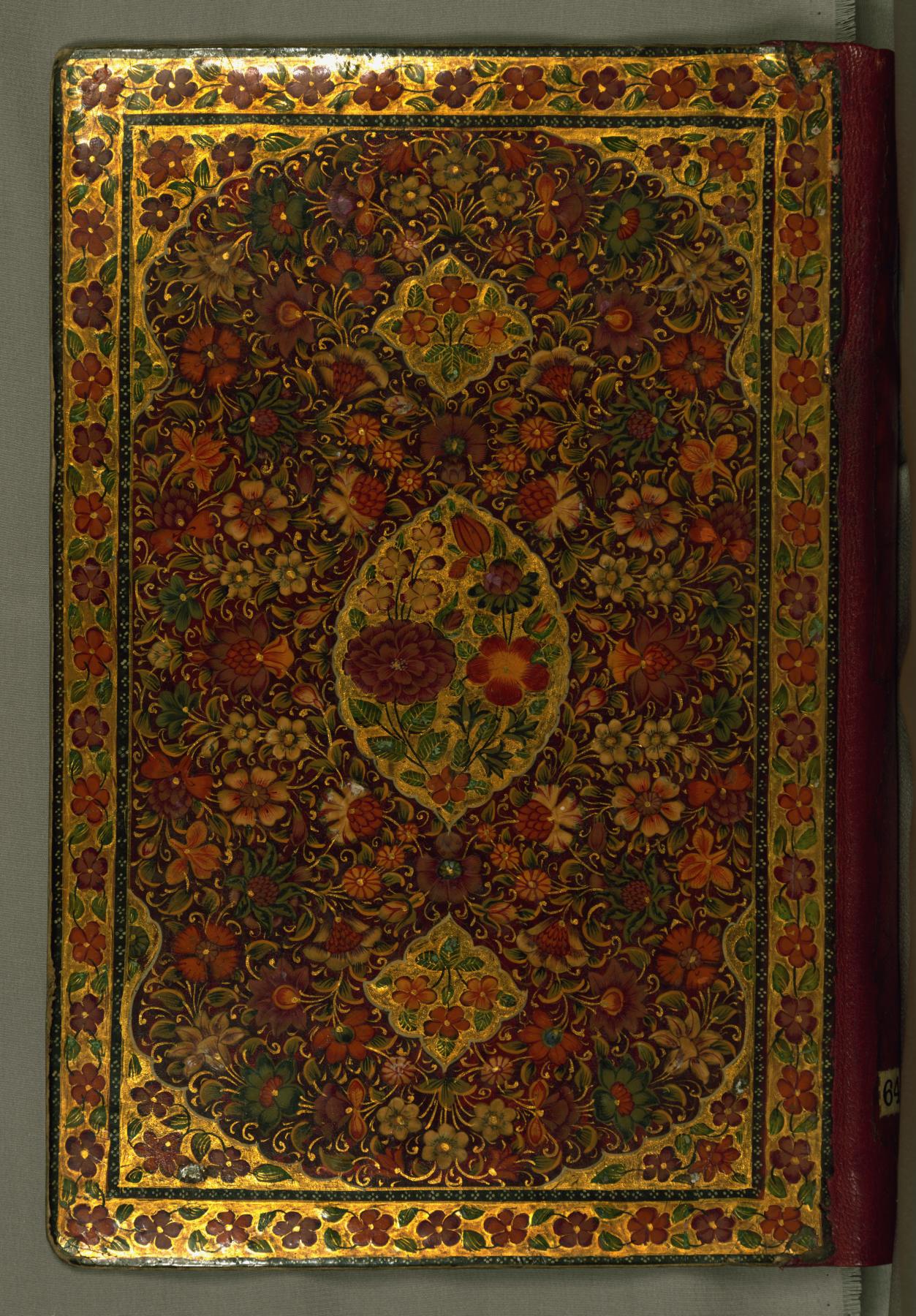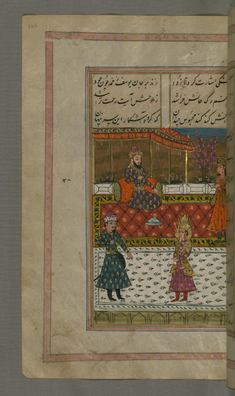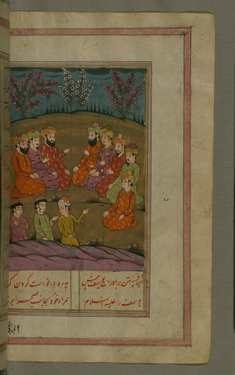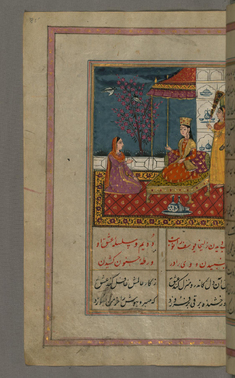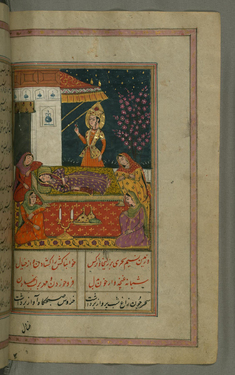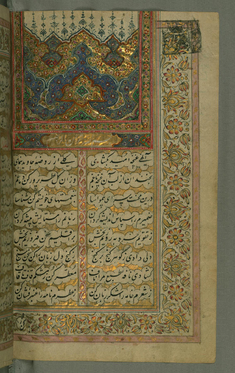Yusuf and Zulaykha
(Islamic World , Manuscripts and Rare Books, Islamic Manuscripts)
Walters manuscript W.646 is an illustrated copy of the famous story of Joseph and the Potipha's wife (Yusuf va Zulaykha) by Jami (d. 898 AH/AD 1492). Made in India in the late 12th century AH/AD 18th, this anonymous manuscript written in a clear Nasta'liq script contains 47 illustrations (fols. 7b, 12b, 14b, 21a, 27a, 29b, 35a, 38b, 43b, 48b, 50a, 52b, 55a, 59b, 61b, 63b, 65b, 68b, 71a, 74b, 79a, 82a, 83b, 87b, 89a, 93a, 95a, 97b, 103a, 110b, 116a, 117a, 120a, 122b, 127b, 133b, 140a, 143a, 146a, 148b, 151a, 157a, 159b, 165a, 167b, 170b, 174b).
Provenance
Provenance (from the French provenir, 'to come from/forth') is the chronology of the ownership, custody, or location of a historical object. Learn more about provenance at the Walters.
Muhammad Vali Mirza [date and mode of acquisition unknown] [fol.1a: Muhammad Vali Mirza]; Court librarian Mirza Baba, 1821 (?) [mode of acquisition unknown] [acquisition note on fol. 1a: made in Dar al-'Ibadah Yazd, dated Ramadan 1236 AH/AD 1821 and signed by the court librarian Mirza Baba; underneath a seal: 'Abduh Jahangir, 118[0](?) AH/AD 1766-1767]; Henry Walters, Baltimore [date and mode of acquisition unknown]; Walters Art Museum, 1931, by bequest.
Geographies
India (Place of Origin)
Measurements
Folio H: 8 11/16 x W: 5 5/16 in. (22.0 x 13.5 cm)
Credit Line
Acquired by Henry Walters
Location in Museum
Not on view
Accession Number
In libraries, galleries, museums, and archives, an accession number is a unique identifier assigned to each object in the collection.
In libraries, galleries, museums, and archives, an accession number is a unique identifier assigned to each object in the collection.
W.646
Do you have additional information?
Related Objects
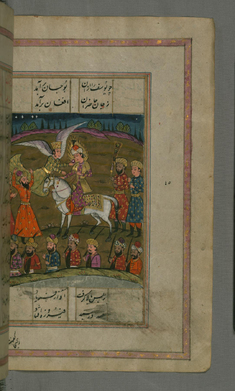
Joseph, on Horseback, is Offered an Apple by the Archangel Gabriel and Dies

Zulaykha, Enthroned in Her Newly Built Palace, in the Company of Joseph

Joseph Orders a Priest to Prepare the Marriage Ceremony
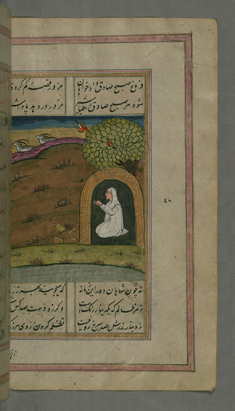
Zulaykha, Having Broken to Pieces the Golden Idol, Prays to the One Tue God

Zulaykha After the Death of Her Husband and Separated from Joseph, Sits in Her Abode Made of Reeds
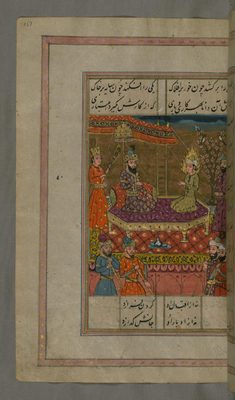
Joseph, Released from Prison, Consults with the King in his Capacity as the New Vizier
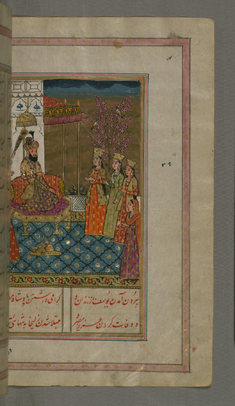
Zulaykha Confesses Joseph’s Unlawful Imprisonment to the King

The Egyptian King Dreams of Seven Fat and Seven Lean Cows
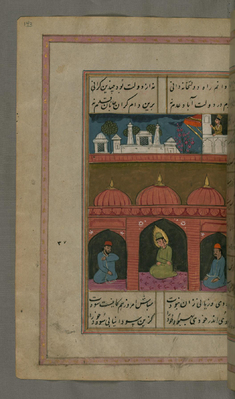
Zulaykha, Regretful Over What She Has Done, Looks Out of the Window that Gives on to the Prison
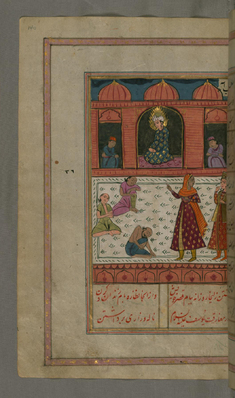
Zulaykha and Her Nurse Visit Joseph in Prison at Night

Joseph is Led to Prison on Orders from Zulaykha

Joseph Brings in a Golden Water Jar for Zulaykha

The Vizier is Instructed by a Relative of Zulaykha Regarding Joseph’s Torn Collar
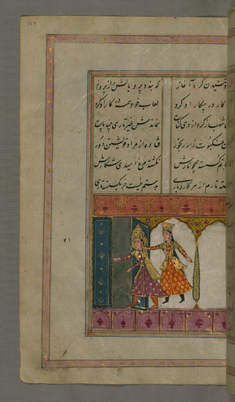
Zulaykha, Trying to Prevent Joseph from Leaving the Palace, Grabs Him by the Collar

Joseph Takes Leave of Zulaykha Having Again Been Tempted with Her Amorous Entreaties
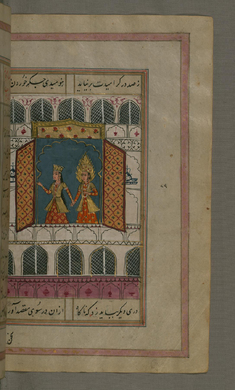
Zulaykha Shows Joseph Her Newly Built, Seven-room Palace
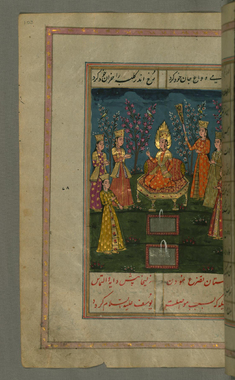
Joseph is Approached by Beautiful Maidens Sent to Him by Zulaykha
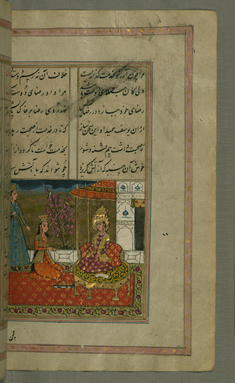
Zulaykha Before Joseph Trying to Seduce Him

Joseph Receives Zulaykha’s Nurse and Sends Back a Negative Reply
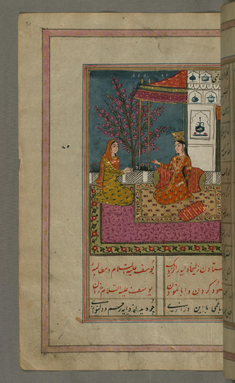
Zulaykha Sends Her Nurse to Joseph to Declare Her Love for Him
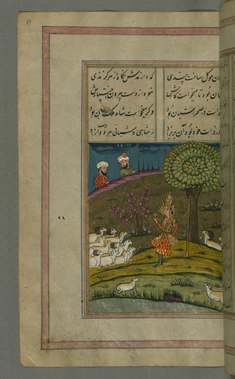
Joseph Shepherds a Flock of Sheep Under the Watchful Eye of Zulaykha's Servants
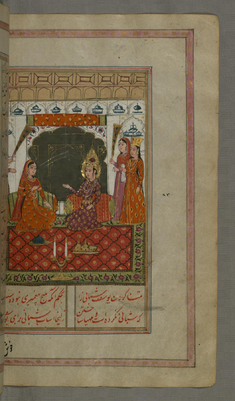
Joseph Asks Zulaykha to Let Him Be a Shepherd
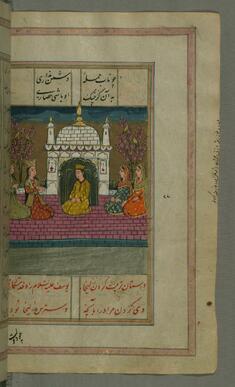
The Daughter of Bazighah in Her Temple Having Been Robbed of Her Wealth
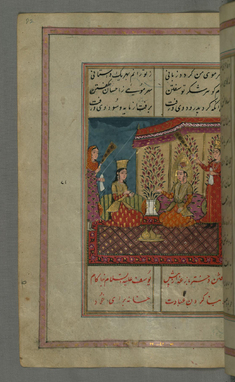
Joseph is Visited by the Daughter of Bazighah of 'Adiyan, Who Declares her Love for Him

The Caravan Master Sells Joseph to the Vizier of Egypt

Joseph Bathes in the Nile Before the Head of the Caravan and His People
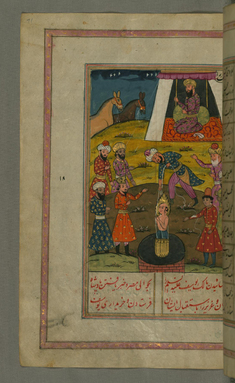
Joseph is Pulled Out of the Well by People From a Caravan on its Way to Egypt
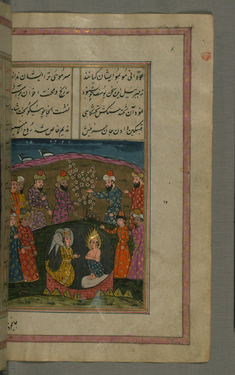
Joseph, Having Been Thrown into a Well, is Comforted by the Archangel Gabriel
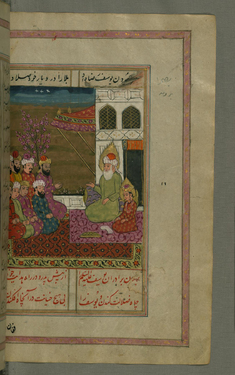
Joseph’s Brothers Ask Their Father Jacob to Allow Joseph to Join Them in the Countryside.
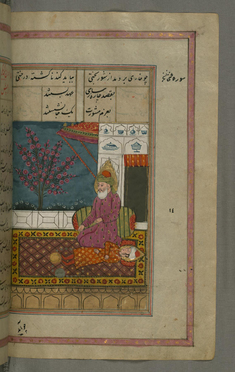
Joseph, Asleep Beside Jacob, has a Dream of the Sun and Moon Bowing to Him
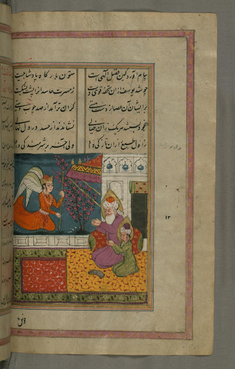
An Angel Brings a Staff for Joseph, who, with His Father Jacob, Prays to God
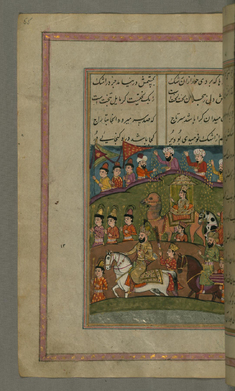
Zulaykha, Peaking Through Whole in Her Tent, Discovers that the Vizier is Not Joseph

Zulaykha, Peeking Through a Hole in Her Tent, Discovers that the Vizier is Not Joseph

The Vizier of Egypt Comes with His Retinue to Meet Zulaykha

Zulaykha is Escorted to Egypt to Marry the Vizier
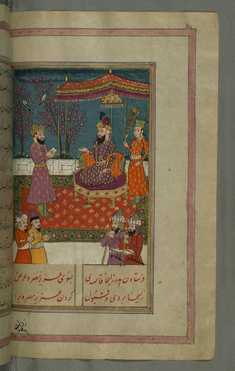
Zulaykha’s Father Sends an Envoy to the Vizier of Egypt with an Offer of Marriage
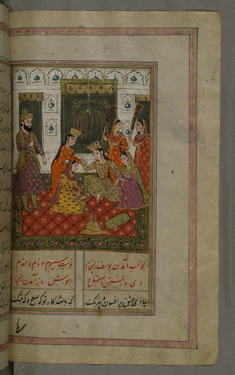
Zulaykha has Her Legs Chained by Her Maids in the Presence of Her Father
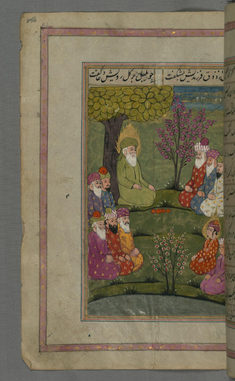
Joseph (with a Halo) and Other Prophets in Front of Adam
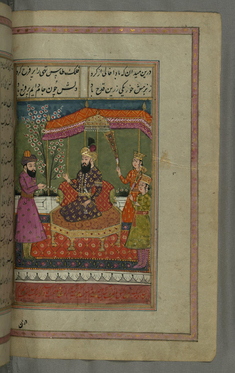
Khvajah Faqr, to Whom an Accompanying Poem is Dedicated, Seated on the Throne
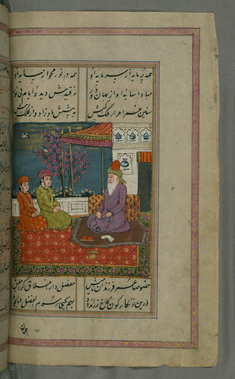
Khvajah Faqr, to Whom an Accompanying Poem is Dedicated, and His Sons
